How To Improve Contrast On A Microscope ?
To improve contrast on a microscope, there are several techniques that can be used. One of the most common methods is to adjust the diaphragm or aperture of the microscope. This controls the amount of light that enters the lens and can help to increase contrast by reducing the amount of light that is scattered.
Another technique is to use a contrast-enhancing filter, such as a phase contrast or darkfield filter. These filters work by altering the way that light passes through the specimen, creating a more distinct contrast between the object and its background.
Staining the specimen can also improve contrast, as different stains can highlight different structures within the sample. Finally, adjusting the focus and depth of field can also help to improve contrast by bringing specific structures into sharper relief.
1、 Adjusting the condenser aperture
One way to improve contrast on a microscope is by adjusting the condenser aperture. The condenser is a lens system located beneath the stage that focuses light onto the specimen. By adjusting the aperture, you can control the amount of light that reaches the specimen, which can improve contrast.
To adjust the condenser aperture, start by placing a slide on the stage and focusing on the specimen. Then, adjust the condenser height so that the light is focused on the specimen. Next, adjust the aperture to a smaller size. This will reduce the amount of light that reaches the specimen, which can increase contrast.
It is important to note that adjusting the condenser aperture can also affect the resolution of the image. A smaller aperture will increase contrast but may also decrease resolution. Therefore, it is important to find a balance between contrast and resolution when adjusting the condenser aperture.
In addition to adjusting the condenser aperture, there are other ways to improve contrast on a microscope. These include using different staining techniques, adjusting the brightness and contrast on the microscope camera or monitor, and using polarized light microscopy.
Overall, adjusting the condenser aperture is a simple and effective way to improve contrast on a microscope. However, it is important to consider the trade-off between contrast and resolution when making adjustments.

2、 Using a higher numerical aperture objective
One way to improve contrast on a microscope is by using a higher numerical aperture (NA) objective. The NA of an objective lens is a measure of its ability to gather light and resolve fine details. A higher NA means that the lens can capture more light and produce sharper images with better contrast.
To understand how a higher NA improves contrast, it's important to know that contrast is the difference in brightness between the object and its background. When the object and background have similar brightness, it can be difficult to distinguish them. However, a higher NA objective can capture more light from the object, making it appear brighter relative to the background. This increased brightness leads to better contrast and improved image quality.
In addition to using a higher NA objective, there are other ways to improve contrast on a microscope. These include adjusting the lighting, using filters to block unwanted light, and adjusting the focus and aperture settings. It's also important to use high-quality lenses and keep them clean and free of debris.
Recent advancements in microscope technology have led to the development of super-resolution microscopy techniques, which can produce images with even higher contrast and resolution. These techniques use specialized lenses and imaging methods to overcome the diffraction limit of light and capture details that were previously impossible to see. As these techniques continue to evolve, they are opening up new possibilities for scientific research and discovery.

3、 Changing the illumination angle
One way to improve contrast on a microscope is by changing the illumination angle. This can be done by adjusting the angle of the light source or by using a different type of lighting, such as oblique or darkfield illumination.
When light is directed at an object from different angles, it can reveal details that may not be visible with direct illumination. Oblique illumination, for example, involves shining light at an angle to the specimen, which can create shadows and highlights that enhance contrast. Darkfield illumination, on the other hand, involves using a special condenser that blocks direct light and only allows scattered light to reach the specimen. This can be particularly useful for observing transparent or translucent specimens.
In addition to changing the illumination angle, other factors can also affect contrast on a microscope. These include adjusting the aperture diaphragm, using a higher magnification objective lens, and using a contrast-enhancing technique such as staining or phase contrast.
It is important to note that while improving contrast can enhance the visibility of certain features, it can also alter the appearance of the specimen. Therefore, it is important to use a combination of techniques and to carefully consider the trade-offs between contrast and accuracy when observing specimens under a microscope.
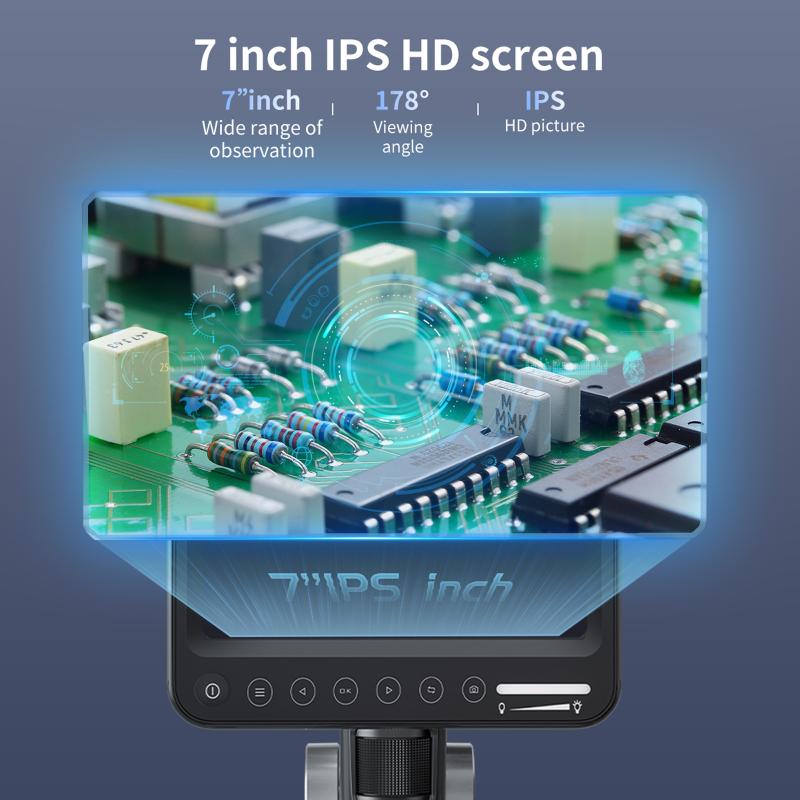
4、 Using a contrast-enhancing filter
One way to improve contrast on a microscope is by using a contrast-enhancing filter. This filter can be placed in the light path between the light source and the specimen, and it works by selectively blocking certain wavelengths of light. This results in an increase in contrast between different parts of the specimen, making it easier to see details that might otherwise be difficult to discern.
There are several different types of contrast-enhancing filters available, each of which works in a slightly different way. For example, a phase contrast filter works by shifting the phase of light passing through different parts of the specimen, while a differential interference contrast filter uses polarized light to create contrast.
In addition to using a contrast-enhancing filter, there are other steps that can be taken to improve contrast on a microscope. For example, adjusting the brightness and contrast settings on the microscope can help to bring out details in the specimen. Additionally, using a higher magnification can help to reveal finer details that might be difficult to see at lower magnifications.
Overall, using a contrast-enhancing filter is a simple and effective way to improve contrast on a microscope. With the right filter and proper adjustments to the microscope settings, it is possible to see even the smallest details in a specimen with clarity and precision.








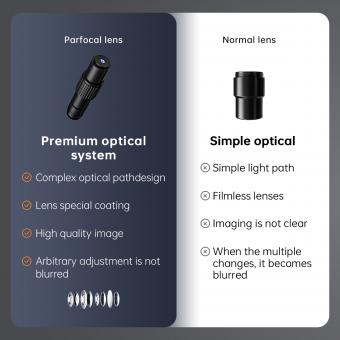



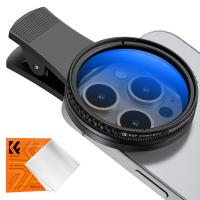
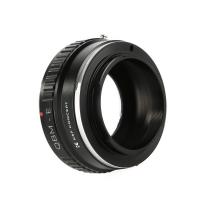

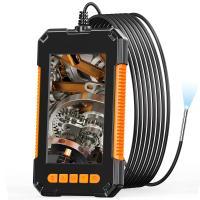



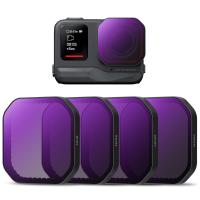
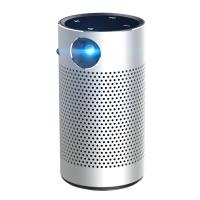

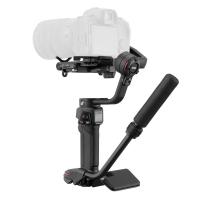
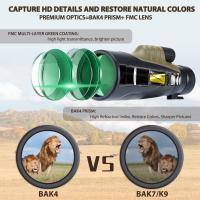
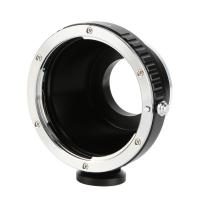


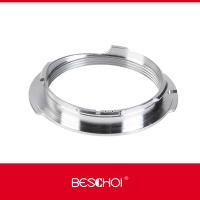


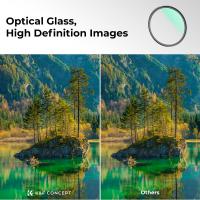
There are no comments for this blog.